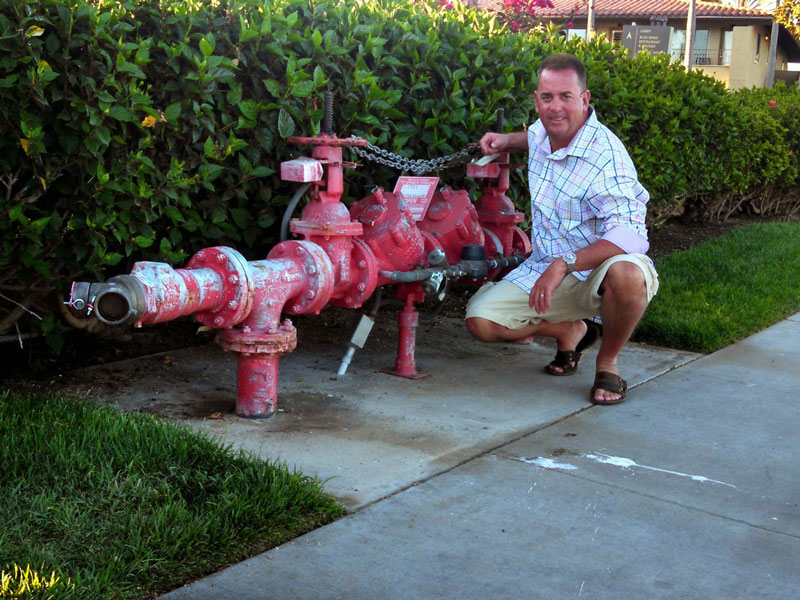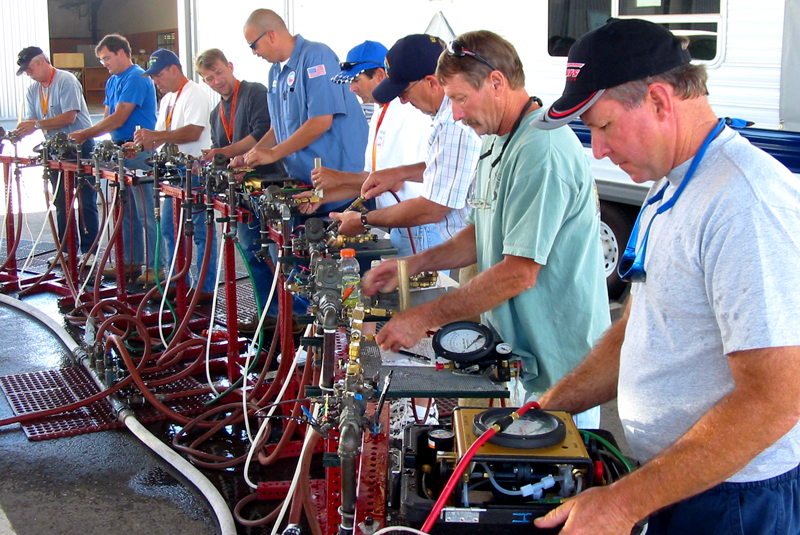Should Backflow Testing Essential for My Water
Should Backflow Testing Essential for My Water
Blog Article
Presented here in the next paragraph you might get additional good ideas in relation to Is backflow testing necessary?.

Yes, you need to backflow examination your house's supply of water to guarantee that the water is devoid of toxins and also unsafe levels of chemicals. You need to not attempt to carry out heartburn screening on your own since of the tools needed and also space for mistake. We recommend that you call a professional plumber every number of years to examine your water.
Backflow Can Influence Both You and also Your City
Because unsafe backflow can affect the public water supply in addition to a solitary structure, several cities establish backflow guidelines. Fortunately, modern cities have backflow tools in position that secure the supply of water that originates from the majority of homes as well as business residential or commercial properties. The genuine danger originates from watering systems, which can hurt the water system with hazardous fertilizers, manure, and various other chemicals.
What Triggers Backflow?
A common cause of heartburn is a loss of water stress that causes the water to siphon back right into the water supply. After some time, there is a loss in water pressure as well as the tube begins to suck the water back into the water supply. As you can think of, there are currently chemicals from the paint that are getting in the water supply, possibly positioning a risk.
Backflow Testing is Required by Legislation in Specific Cities
Depending on where you live, you might really be called for by legislation to backflow test your legislation. Iowa City maintains a record of all residential or commercial properties offered by the city's water supply.
You Can Avoid Backflow
The main function of a backflow tool is to avoid water from streaming in reverse into your water supply. Plumbers mount the gadget on the pipelines in your home to guarantee that the water just moves in the proper direction.
What is Heartburn?
Simply put, heartburn is when water moves upwards-- the opposite direction in the plumbing system. This is also called "backpressure." When the water relocates this direction, it can mix with hazardous toxic substances as well as present a risk.
Call a Plumber to Evaluate for Backflow Prior To It is Too Late
A plumbing firm can rapidly examine your residence's water to determine if there are any kind of hazardous chemical degrees. And if you do find that your water has high levels of toxins, a plumber can conveniently mount a backflow avoidance gadget.
Yes, you need to backflow test your residence's water supply to guarantee that the water is free of contaminants as well as dangerous levels of chemicals. Lots of cities develop heartburn standards due to the fact that unsafe heartburn can influence the public water supply in enhancement to a solitary structure. A regular reason of heartburn is a loss of water stress that creates the water to siphon back right into the water supply. After some time, there is a loss in water pressure and the hose starts to draw the water back into the water supply. The main purpose of a heartburn gadget is to prevent water from moving in reverse right into your water supply.
WHY DOES BACKFLOW TESTING NEED TO BE DONE EVERY YEAR
What Is Backflow?
Toxic gas backing up into a building is one example of potential backflow issues, but backflow can occur in many other ways.
Backflow is generally referred to as the reversal of a liquid or gas in a plumbing system.
Most issues for the public occur with backflow resulting in contaminated drinking water. If you look up backflow issues online you’ll probably find references to “potable” water. That means drinking water.
There have been backflow issues in the past with drinking water. Chemicals, sewage and other contaminants have found their way into drinking water causing health issues for those that count on the fresh water.
What Causes Backflow?
In a residence or commercial building water generally flows one way. This normal flow is usually driven by consistent pressure in the water and waste system.
Anything that changes the normal pressure in the system can lead to backflow.
Fire hydrant use or malfunction can reverse the normal pressure in the system on a city line, but backflow can occur in a number of different ways.
Sometimes backpressure might be caused by someone using a garden hose and submerging the end of the hose in a pool of liquid. If pressure is lost the flow could reverse and contaminants could be released into the drinking water.
Anytime there is a connection between contaminants and the drinking water there is potential for a backflow issue. Sometimes these connections are not immediately obvious like the garden hose connecting to a building’s drinking water supply.
Backflow Regulations
The Environmental Protection Agency (EPA) provides guidelines and regulations for state and local governments regarding backflow. State and local governments also have their own guidelines and regulations for backflow prevention.
Arizona has its own backflow regulations.
Due to issues with backflow in the past, regulations require backflow preventer devices to be used in nearly all residential and commercial buildings.
A backflow preventer is a device that prevents backflow as cross-connection points where potential backflow issues may occur.
While backflow is not a common occurrence, preventers are in place to make sure there is no contamination should something malfunction or go wrong with a building’s water supply.

I am just very taken with Is backflow testing necessary? and I really hope you appreciated the new blog post. Sharing is caring. Who knows, you may just be doing someone a favor. Kudos for your time. Visit again soon.
Additional Resources Report this page